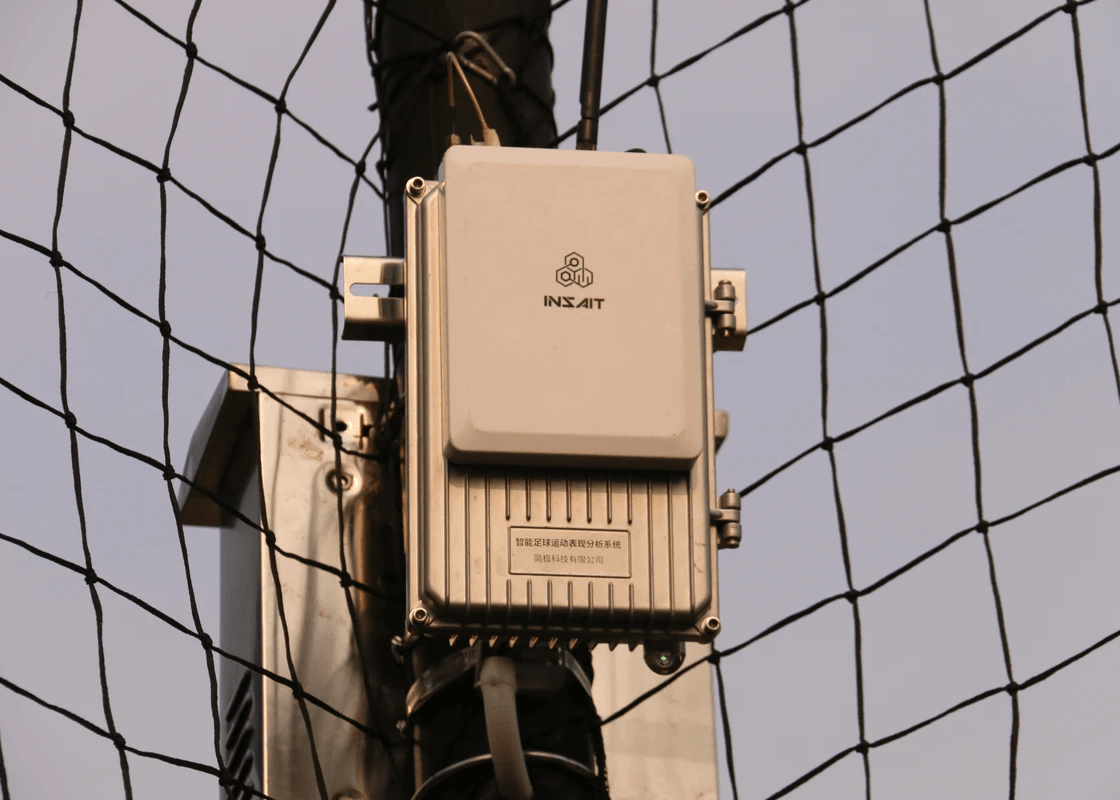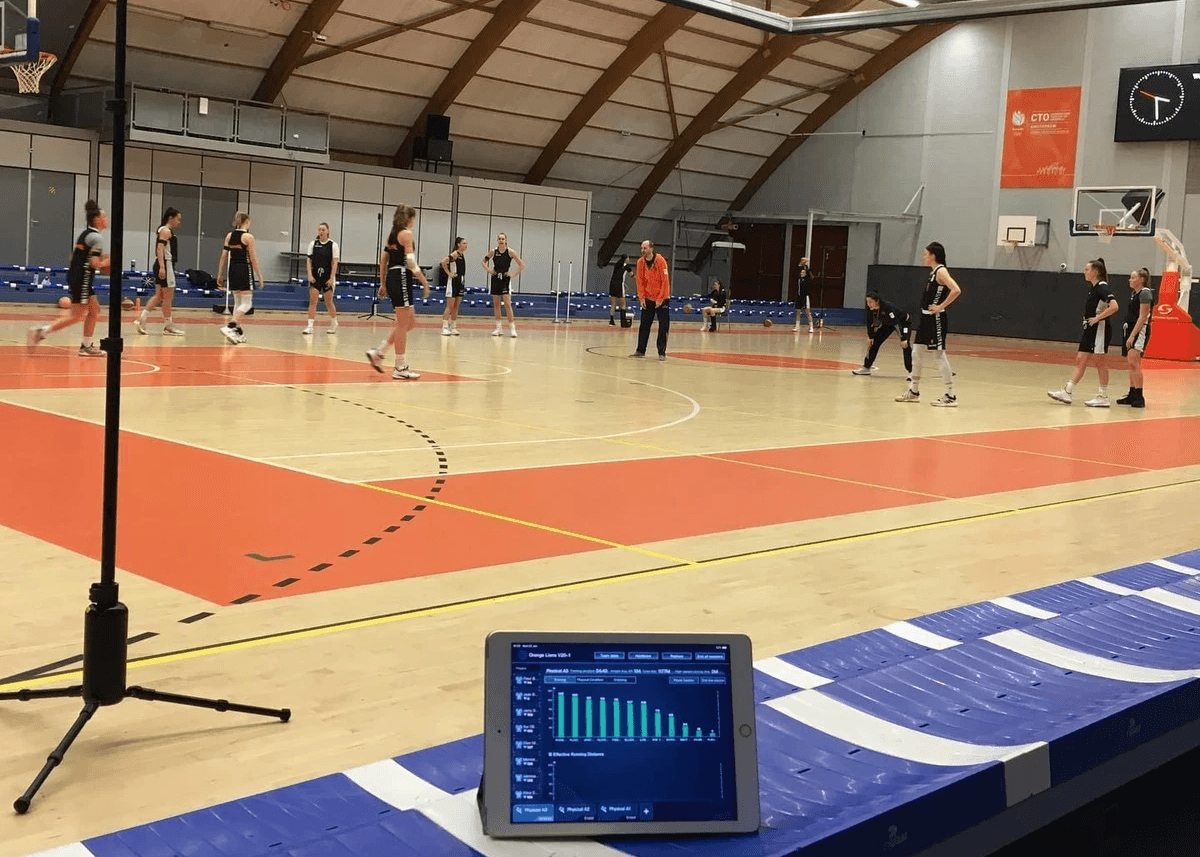The Data-Driven Revolution in Sports
The world of professional and grassroots sports is undergoing a seismic, data-driven transformation. According to SkyQuest’s latest comprehensive report, the global player tracking system market is projected to reach an astounding $10.6 billion by 2030, fueled by a robust 21.3% Compound Annual Growth Rate (CAGR). This rapid expansion is a direct result of the industry's singular focus on leveraging technology to maximize athlete potential, manage workload, and gain decisive competitive advantages.
This analysis explores the core technologies driving this multi-billion-dollar market surge, how they are being adopted across levels, and the innovative specialization that is defining the next generation of performance tracking.

The Core Technologies Driving Market Growth
The $10.6 billion projection is not being driven by a single technology, but by the convergence of three dominant systems, each suited for different environments and levels of specificity:
1. GPS Player Trackers
- Environment/Use Case: Outdoor fields, training, and games.
- Precision Level: High
- Key Players: STATSports, Catapult Sports
2. Local Positioning Systems (LPS)
- Environment/Use Case: Indoor venues, stadiums, and training facilities.
- Precision Level: Very high
- Key Players: Kinexon, Catapult Sports, Gengee (INSAIT KS)
3. Integrated Sensor Technology
- Environment/Use Case: Direct interaction with the equipment (ball/boot/shin guards).
- Precision Level: Mid-to-High
- Key Players: Playermaker, Gengee (Smart Shin Guards & Smart Football)
Wearable devices, particularly for load monitoring, have moved from experimental tools to indispensable assets. They capture a wealth of metrics like speed, acceleration, physical load, and physiological responses, fundamentally changing how coaches and medical staff manage human capital.

Strategic Imperative: Beyond Winning Games
The adoption of sports performance tracking technology is now a strategic imperative for elite teams and a rapidly growing trend for ambitious youth academies worldwide. The data generated provides critical insights across three core strategic pillars:
- Tactical Precision: Coaches rely on movement data to analyze team formations, measure positional adherence, and optimize substitution patterns based on player fatigue levels. This directly informs in-game decisions and post-match video analysis.
- Player Longevity and Health: Identifying early signals of fatigue or overtraining allows medical teams to intervene and proactively mitigate the risk of severe non-contact injuries. This extends careers and maximizes player availability—an invaluable return on investment.
- Individualized Conditioning: Data enables the creation of meticulously tailored conditioning programs. Instead of generic training, a striker's program can focus on explosive sprint velocity, while a midfielder's program targets recovery rates and sustained fitness levels.
Specialization: The Next Frontier in Performance Tracking
As the market matures, the industry is moving away from generic GPS solutions toward specialized ecosystems that blend hardware and AI for holistic insight.
One notable area of innovation involves the seamless integration of Ultra-Wideband (UWB) Local Positioning Systems with unique Smart Equipment.
Example: Combining UWB and Smart Ball Technology
Companies like Gengee are leading this charge by combining high-accuracy UWB sensors (for reliable player-positioning data indoors and outdoors) with proprietary smart football technology (embedded sensors in the ball). This creates a truly holistic, 360-degree view:
- Player Data (UWB): Tracks player velocity, distance, and load with sub-meter accuracy.
- Ball Data (Smart Ball): Captures crucial technical metrics like ball trajectory, and possession.
This integration provides unique insights into the interaction between player and equipment—a critical metric currently missing from most traditional systems.
Asia: The Epicenter of Accelerated Growth
The market surge is global, but the Asia-Pacific region is uniquely positioned to witness the highest compound annual growth rate. This accelerated trend is driven by three primary factors:
- Investment in Infrastructure: Surging governmental and private investments in smart stadiums, sports science centers and football leagues are creating ideal environments for LPS and wearable tech adoption.
- National Development Strategies: Leading countries, including China, Japan, and Saudi Arabia, are embracing sports performance tracking as a cornerstone of their national sports development strategies, from nurturing raw talent to optimizing professional leagues.
- Democratization of Data: The focus on user-friendly, accessible systems means ambitious amateur clubs and individual athletes are now investing in elite-level technology, expanding the consumer base rapidly.
From nurturing raw talent in burgeoning youth academies to optimizing performance in established professional leagues, advanced GPS player trackers, sophisticated local positioning systems, smart equipment and intelligent AI-driven tools are fast becoming staples in everyday training regimens and competitive environments.
Conclusion: Data is the Ultimate Game-Changer
The player tracking system revolution is undeniably here, and its anticipated $10.6 billion valuation by 2030 powerfully reflects its transformative and indispensable role in modern sports. For innovators who can intelligently blend advanced, accurate hardware (like UWB and smart sensors) with cutting-edge AI-driven analytics, the future is immense.
The ultimate coach in the relentless race for sporting supremacy is no longer innate talent alone—it is the intelligent application of transformative performance data.
